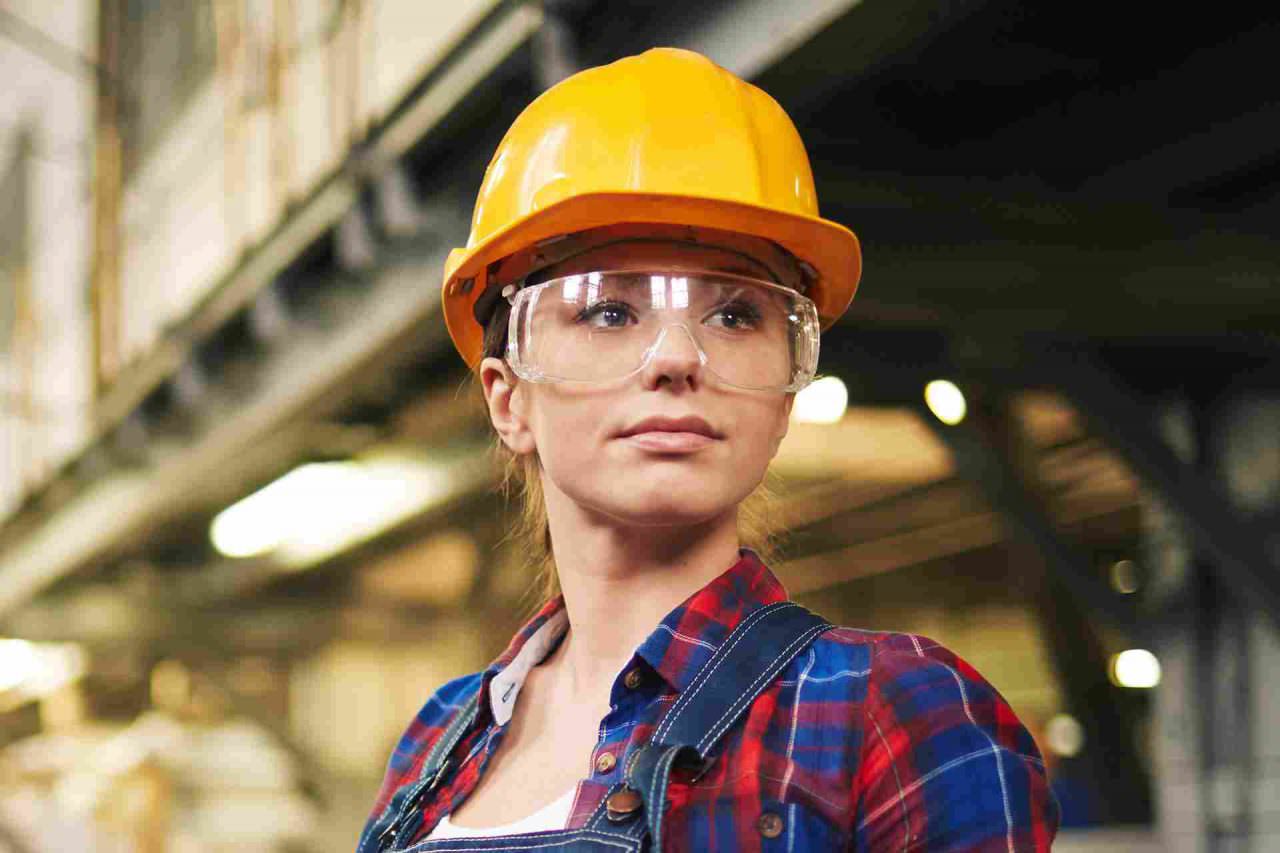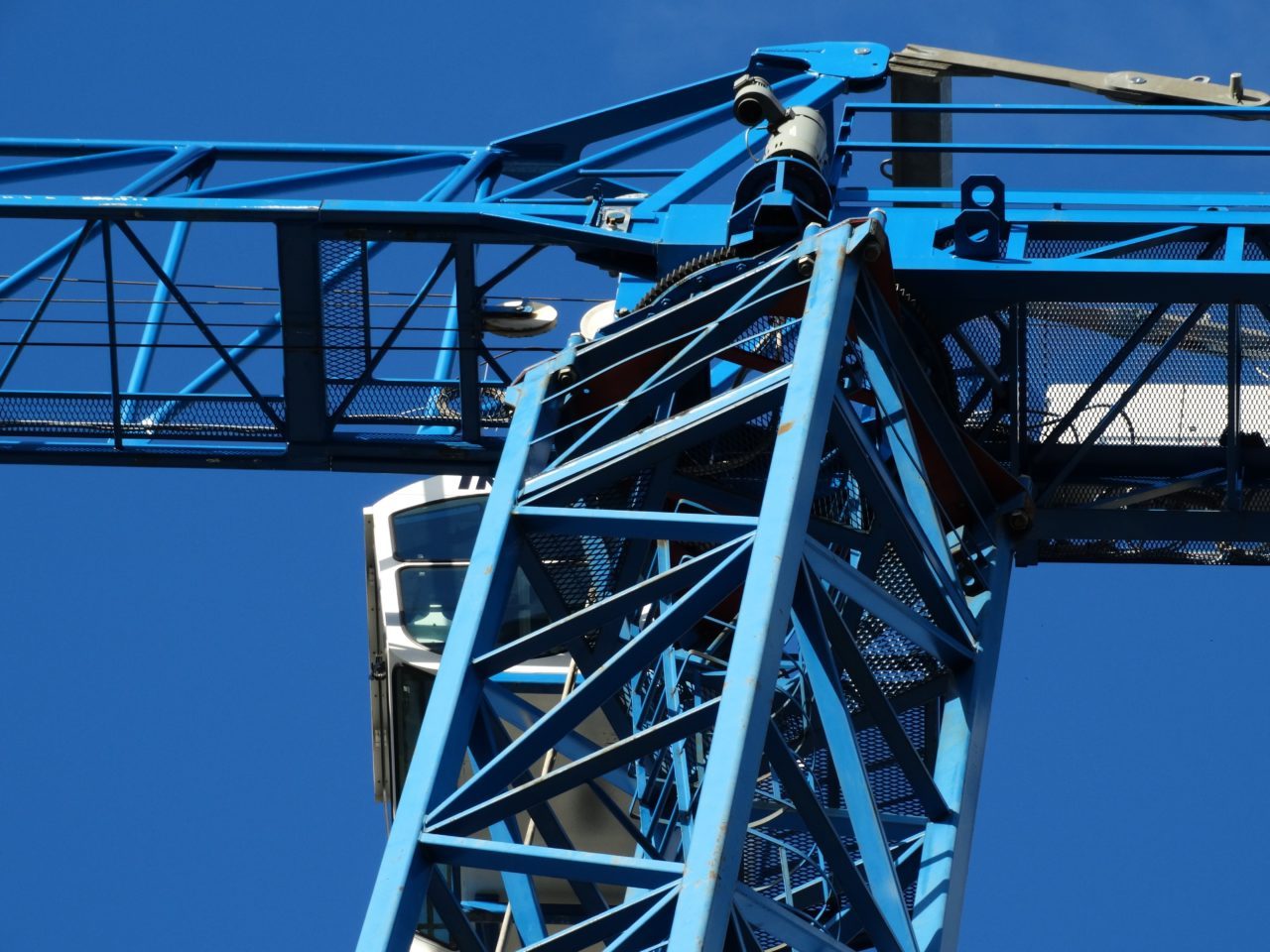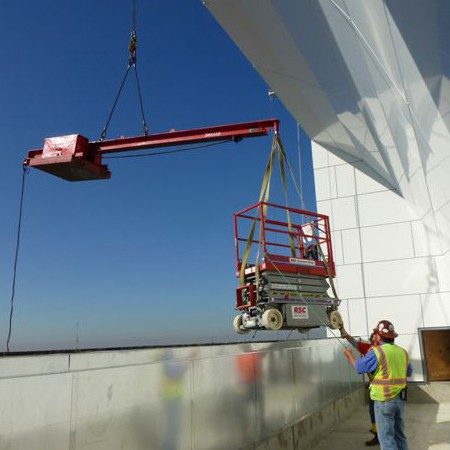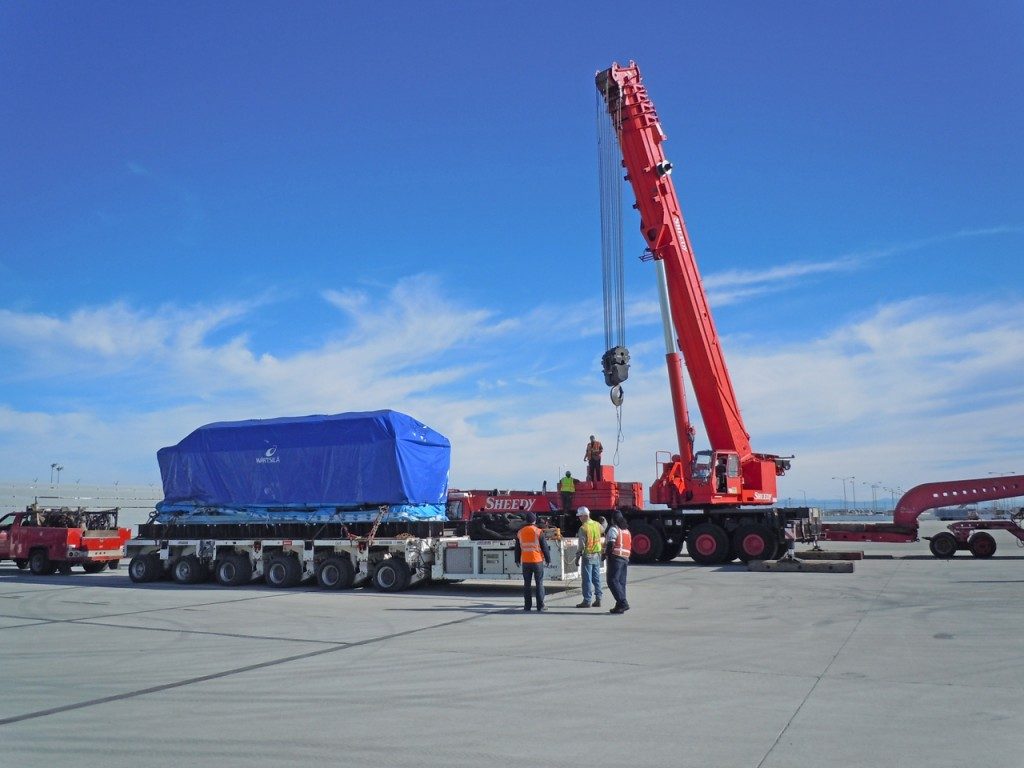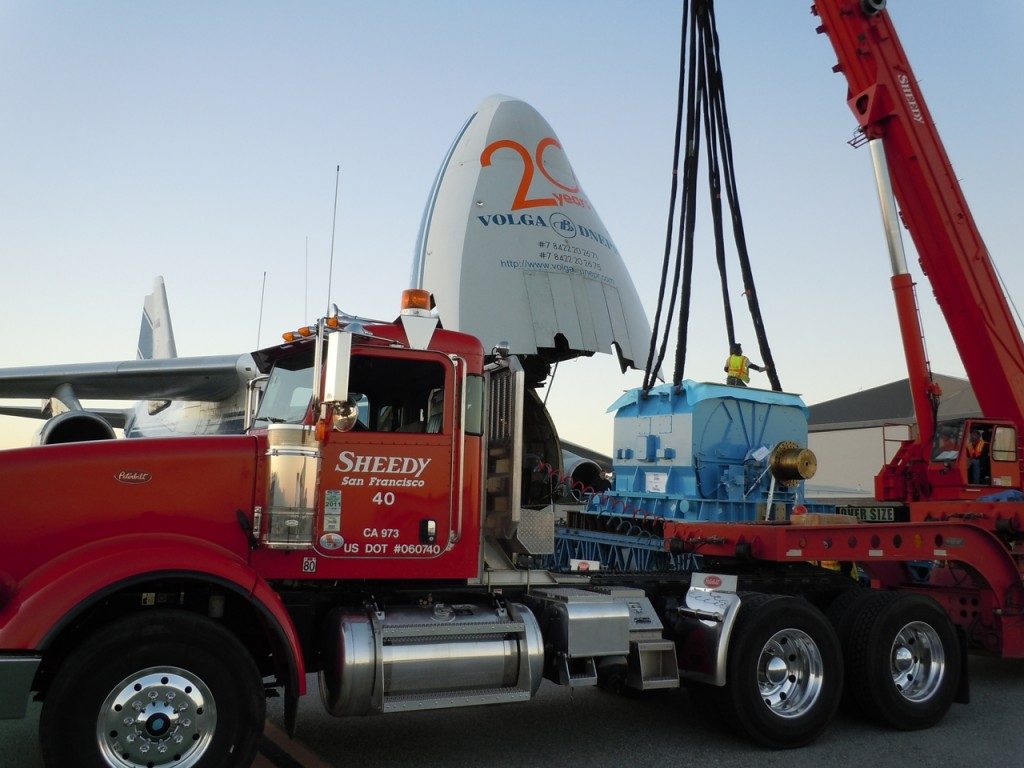There are many tips for renting a crane to consider before you actually rent a crane. With a crane rental solution, you should get the assurance that you will always have access to necessary equipment, regardless of the location of the job site. If you own the crane, you’re responsible for ensuring that the heavy machinery is transported to the work site. This can be a very difficult task for businesses that conduct their operations in numerous states.
Tips for Renting a Crane in Bay Area, CA
There are several benefits when working with a crane rental company in Northern CA. To successfully rent one that meets your needs, remember these 3 tips for renting a crane.
#1-Find Out How Long the Project Will Take
Cranes can be rented from rental companies and the cost can be either per hour or day. It is not necessary to rent a crane for the entire day if the work you need to get done will only take a short amount of time. Doing so would be wasting money, which can be allocated for other aspects of the project. If, on the other hand, you are working on a project that will take a long time, it is best to rent the equipment per day. You may be able to negotiate a cheaper price if you rent a crane for a longer period.
It is important that you do not underestimate the scale of a project because you may end up spending too much on a crane. There is also the possibility that the rental company will take it away before the completion of the project. On the other hand, you should avoid wasting money by renting a crane longer than necessary. When estimating how long it will take for you to finish the project, it is important to always provide some wiggle room for unforeseen complications, such as the amount of time that will be spent on rigging the load.
Additionally, you should be aware that it is in your best interest to overestimate the amount of time necessary and book the crane for a longer period rather than hiring it for a shorter period of time as the latter can and will result in a greater number of inconveniences.
#2-Assess Your Needs
It is not enough to just rent the crane for the appropriate amount of time. In addition to duration, you also need to be sure that the equipment you rent is powerful enough to raise the weight that you’ll be dealing with. Take some time to carefully measure the load and figure out the cargo’s weight before you contact the crane rental providers.
This way, you will be able to tell the rental company the precise weight/load capacity you’re planning to lift. It will make it much simpler for the company to give a recommendation on the sort of crane that would work best for your project. Take note: you also have to determine the height of a lift in addition to a load’s weight which you’ll be raising. If you have to hoist towards the top of a 12-story building, you will need a rental crane that can elevate your cargo that high.
#3-Choose the Right Crane Rental Company
People who are in a rush for a crane rental in Northern CA are the ones who have negative crane rental experiences. Finding a crane for their projects is something that many individuals put off until a day before the projects are scheduled to begin.
As a result, they end up hiring the first company that they find, which is not always the most suitable option. You need to be careful and methodical if you want to select the most suitable company for you. It is recommended that you start your search at least three or four months before you launch a project.
Do this to give yourself ample time to go to a number of different rental companies and assess the cranes they have available. Make sure you inquire about the reliability and condition of the equipment. You should also inquire about the equipment’s maintenance records.
What’s The Most Important Tips for Renting a Crane?
You don’t need to pay lots of money to rent a crane; however, you shouldn’t rent the one that’s too cheap since you will likely end up with equipment that is of low quality and will be difficult to operate.
Renting from The Leading Crane Rental Company in Northern CA
Apart from the aforementioned tips on crane rentals, remember that it’s also important to only trust a reputable and established crane rental company in Northern CA like Sheedy Crane. What you don’t want is a rental crane to come apart and you’ll be held liable.
At Sheedy Crane, they don’t only have an extensive fleet of specialty cranes, but they also have crane experts that can assist you in operating the rental crane on your job site. For more information on crane rental in CA, contact us at Sheedy Crane today!

